How To Become A International Pilot
How to Become an International Long Haul Pilot
Whether you’re considering a career in aviation or have already begun flight training, planning your future career moves – both short term and long – can help you formulate a path toward whatever end goal you may pursue. No matter whether your desired path is passenger airlines, express cargo, on-demand work, or corporate flying, good research can help you explore options you’re familiar with as well as others you may not know exist.
If you are considering doing long haul flying, a number of options are available. There is no standard definition of “long haul”and your opinion may differ from others. An easy cutoff to consider is eight hours of flying, as that’s where the FAA generally begins to require airlines to have a third pilot on board for relief purposes.
Passenger Long Haul Flying
For domestic US airlines, long haul flying is generally only done by the “big three” airlines – American, Delta, and United. Combined, they have nearly 400 aircraft capable of doing long haul international flying and offering service to Europe, Asia, and South America.
As with all actions at an airline, seniority is the overwhelming controller of a pilot’s ability to do long haul flying. Seniority means the more senior a pilot gets they get more control over their quality of life, whether that means changing aircraft, schedules, or bases. Generally speaking, long haul flying goes more senior due to the lower number of legs flown as well as the reduced number of trips in a month as each flying leg is longer (and thus builds time more rapidly to the minimum monthly time required). A domestic US pilot may fly a four day trip consisting of 20-25 hours of flying across 10 different flights, whereas an international long haul pilot may do a three day trip resulting in the same hours while only flying two legs. This results in less work, more days off, and long haul aircraft tend to pay at a higher pay rate.
Due to the seniority required, it may be some time to be able to become a First Officer in international operations. At American and Delta, it can take several years to hold any sort of long haul aircraft and pilots are frequently left having to choose between upgrading to Captain on a short haul aircraft or taking a First Officer position on a heavy aircraft. At United new hires are occasionally offered positions on long haul aircraft, though this is due to their most junior base – San Francisco – tending to be undesired among many pilots and can result in years of stagnation at the bottom of the seniority list.
To become a Captain on a long haul aircraft will generally require a great deal of time at the carrier, often 15+ years, due to the limited number of slots available and high level of desire. However, long haul Captains tend to be the most highly compensated pilots at the airline. For example, a Delta A350 Captain at the top of the pay scale will make in excess of $300,000 of base pay, along with various overrides, “soft pay”, per diem, profit sharing, and retirement contributions.
Cargo Long Haul Flying
Just as passenger airlines seek to connect their route networks to the world with long haul flying, cargo companies link their priority services with the world through a web of worldwide flying. FedEx and UPS fly primarily heavy long haul aircraft even for their domestic routes, and this huge fleet allows pilots to have a variety of both domestic flying as well as long haul work. Both companies cover all of the continents aside from Antarctica, and FedEx even offers a pilot base in Cologne, Germany.
Alongside the schedule carriers, numerous ACMI charter carriers offer chances to see the world alongside the variability of on-demand flying. Companies like Kalitta Air Cargo and National Airlines operate aircraft such as the Boeing 747 and MD-11 across the entire world.
Corporate Long Haul Flying
In the last few decades, the availability of long range corporate aircraft like the Dassault Falcon 7X and Gulfstream G650 has opened up an entirely new segment of long haul flying. Though relatively few of these aircraft are in use compared to their airline brethren and the jobs flying them are coveted, they offer a unique opportunity to explore the world in a much more intimate setting.
No matter your end goal; passenger, cargo, or corporate; a good foundation of flight training followed by well-rounded experience building can help set up your resume for the future. After training and time building, you may explore the regional airline grindhouse or dabble in Part 135 charter operations. If your goal is heavy international flying at an airline or cargo operator, consider looking into companies that do domestic or North American on-demand freight such as IFL, Northern Air Cargo, or Amerijet. If you’re eyeing corporate flying, consider passenger charter companies operating Challengers, Falcons, or Gulfstreams with longer ranges. Making yourself a well rounded pilot makes you more marketable to potential employers.
As with any segment of flying, good preparation is the key to a successful outcome. Researching your options, coming up with a plan, and being able to pivot as circumstances change can ensure you have a successful career no matter your desired goals.
AeroGuard Can Help You Reach Your Aviation Career Goals
AeroGuard has three locations in the United States: Phoenix, AZ; Chandler, AZ; and Austin, TX. If you are ready to work towards a career as an international long haul pilot, AeroGuard Pilot Pathway Program can help you get there faster.
Contact us today to talk with one of our pilot enrollment advisors about your career. We look forward to speaking with you.

